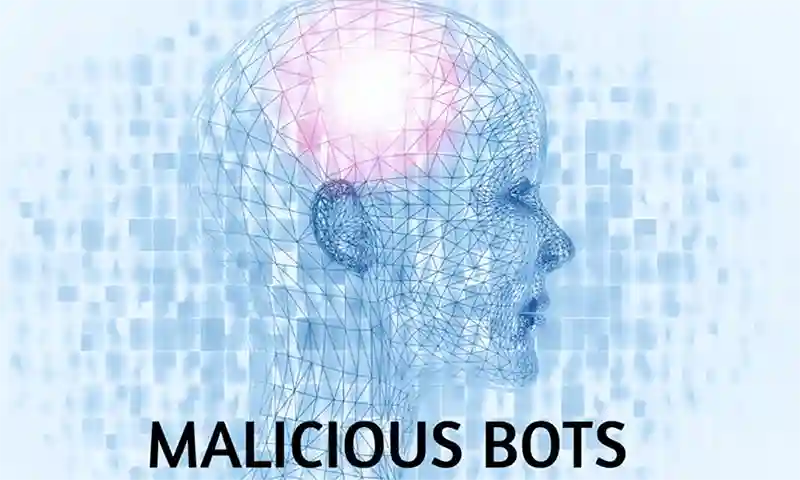Getting bot malware on your computer can be a dangerous thing. It could take the information you are using and steal it. It could also generate DDoS attacks. So it is essential to learn how to protect your computer from these attacks.
Protect your computer
Fortunately, there are many ways you can protect your computer from bot malware. For example, you can use antivirus software to scan for and remove viruses and install a firewall to prevent hackers from getting into your system.
A firewall is essential for high-speed Internet connections. It blocks hackers from entering your computer, and it also blocks connections to P2P botnets. It is also good to configure your device to install updates automatically.

A good antivirus is the best way to protect your computer from bot malware. You can purchase a trusted product from a reputable company or set up your device to automatically install updates.
A firewall is a good start, but you can also protect your devices from attacks by installing a trusted anti-spyware product. A firewall can also monitor your data and block suspicious activity.
The best way to protect your computer from bot malware is to install a trusted antivirus, such as Norton 360 or Comodo. These programs can help you remove malware from your computer and prevent bots from sending spam or stealing your private information.
Distribute malware
Taking a look at the banking sector, identity theft is a serious concern. The nitty gritty involves hundreds of thousands of computers, mobile phones, and routers tasked with handling the minutiae of running a business. As a result, a malware outbreak is a huge threat to the bank’s reputation and the institution’s health. A good defense against such an outbreak should involve a variety of security measures.
The most important aspect is the ability to monitor and detect malware. A comprehensive malware protection strategy should cover many activities, from scanning the network for suspicious activity to preventing phishing attacks. A solid security protocol should also include a dedicated anti-malware tool. Some more sophisticated security applications may even be able to quarantine a suspicious device automatically.
It is important to remember what is a bot malware, a more robust application. In a pinch, a single malware attack can compromise your entire enterprise network infrastructure. Therefore, a robust malware detection and protection solution should be deployed immediately.
Generate DDoS attacks
Thousands of computers infected with bot malware can form a zombie network, which generates DDoS attacks on the system. The purpose of such an attack is to overwhelm the target computer and its network with too much traffic, which prevents users from accessing websites and online services. This type of cybercrime can also disrupt business operations and cause reputation damage.
These attacks can shut down competitors to get at their traffic or steal it. They can also be used for extortion. In this case, attackers may encrypt the server with ransomware and hostage, which makes it inaccessible for regular users.
The most common DDoS attack method is flooding a network server with traffic. This usually occurs by exploiting a vulnerability in a system or software, which allows the attacker to send illegitimate requests to the target server. This can create an overload of traffic and cause the server to stop functioning.
There are two main methods for detecting a DDoS attack. The first is to look at the traffic that arrives at the network, and the second is to analyze the patterns in request packets.
Steal passwords
Getting your passwords stolen can be a nightmare. It can destroy your credit and finances. However, there are steps you can take to protect yourself. Here’s how to safeguard your passwords and prevent hackers from taking over your accounts.
One of the best ways to protect your credentials is to enable two-factor authentication. This is an additional security feature that requires a password in addition to a login code. This will prevent bad guys from logging in to your account with stolen passwords.
Another way to prevent hackers from stealing your credentials is to install a web application firewall. This will monitor your internet activity and detect abnormal traffic from botnets.
Another way to protect your online accounts is to avoid clicking on links. Some criminals create malicious links that act as a hidden backdoor. If you click on the link, your computer will download malware. This malware can then lock you out of your account or destroy your files.
The Magnat attack backdoor installer is malicious software distributed since 2019. It’s designed to allow hackers to steal passwords and other personal information.
Record keystrokes
Using a keystroke logging device is not a new concept. You can find versions of the device on smartcard readers and even in OSX/Docker. A keystroke logger may be the best way to monitor your kids or employees. Some variants also look at other inputs, such as mouse clicks.
Among other things, a keystroke logger can capture your passwords and other sensitive data. These can be useful to hackers for spying on governments and companies. They are also helpful to parents who want to know what their kids are doing on their computers.
A keystroke logger is not for the faint of heart. It’s possible to have one installed on your computer, and it’s a good idea to disconnect the machine from the network. This will prevent the infection from spreading. You can also do a backup and restore on another system, which can be a handy feature. To keep your system secure, install antivirus software and update it with the latest security patches. A good rule of thumb is to have one version of each operating system.